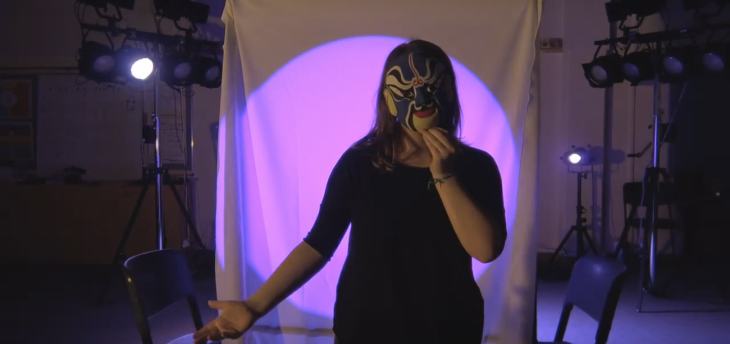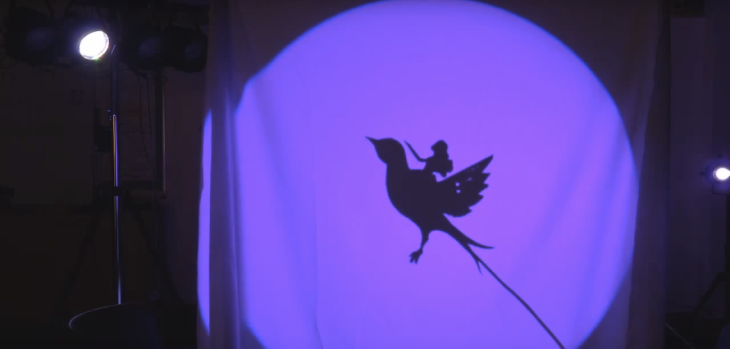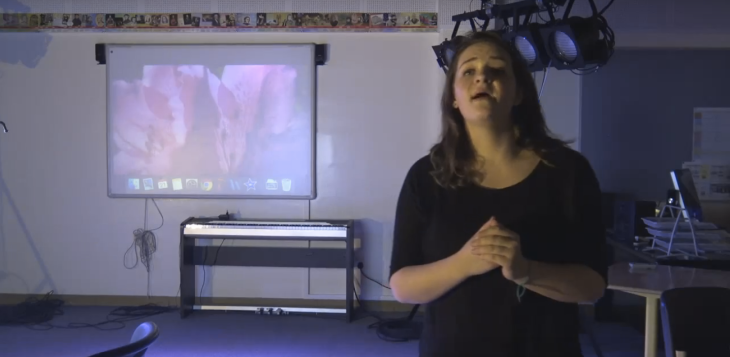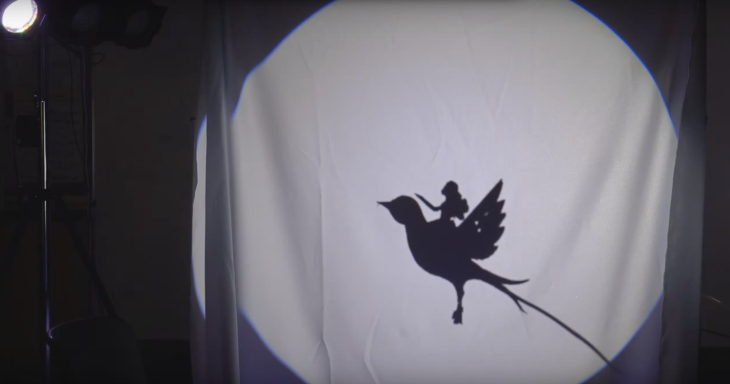Scene 4:

Scene 4:
Scene 2:
Scene 1:
Scene 3:

Scene 4:

Scene 4:
Scene 2:
Scene 1:
Scene 3:
Criteria A- Theatre in context: The tradition- Research reaches excellent standard: 8
Criteria B: Theatre processes: Practical research- 7
Criteria C: Presenting Theatre: The presentation- 8
Criteria D: Theatre in Context: The learner- 7 for describing just one other tradition in a more specific light
http://globalshakespeares.mit.edu/glossary/wayang-kulit/ (ASIA)
http://globalshakespeares.mit.edu/glossary/jingju/ (ASIA)
http://globalshakespeares.mit.edu/sonho-de-uma-noite-de-verao-mello-da-costa-fernando-2004/ (BRAZIL)
http://globalshakespeares.mit.edu/mnd-faesler-juliana-2009/ (BRAZIL)
http://globalshakespeares.mit.edu/midsummer-nights-dream-brook-peter-1970/ (UK)
http://globalshakespeares.mit.edu/midsummer-nights-dream-yang-jung-ung-2006/ (ASIA)
http://globalshakespeares.mit.edu/midsummer-nights-dream-al-shamma-james-2013/ (US)
http://globalshakespeares.mit.edu/midsummer-nights-dream-miwa-elica-2006/ (ASIA)
http://globalshakespeares.mit.edu/sen-noci-svatojanske-trnka-jiri-1959/ (EUR)
http://globalshakespeares.mit.edu/midsummer-nights-dream-peris-joan-2000/ (EUR)
http://globalshakespeares.mit.edu/midsummer-fagundes/ (BRAZIL)
Julie Taymor – American playwright
Performances:
Theory:
We have blocked the first scene, or the intro. Adam and I are playing the roles of the boy and girl and the intro is meant to introduce their relationship, the happier moments. The first scene consists of a waltz and movements from frantic assembly, with the intro conveying an ethereal, light moment during the relationship. This is the music that we are using for the counts:
We will continue to break down the movements and put them to music more fluidly.
In my part as costume/set, I see light colors like pink and blue during the intro of the seen, with no harsh lighting. Costume will consist of white colors, with adam wearing white shirts and the girl wearing a white, flowing dress to convey the freeness of the scene.
Recently, I participated in ISTA London 2015 as apart of TaPs. I participated in two workshops when I was there, one with Mark Hill and one with Jubilith Moore. Mark Hill’s workshop was on Butoh and physical movement, and Jubilith’s was about Kyogen and dance. Both of these workshops, based around traditional Japanese theatre, were extremely interesting, as I was thinking of how I could incorporate the specific techniques into my own IB pieces while participating in the workshops. Both workshops included a lot of physical movement,but Mark’s was much more focused on improvised movement and being in-one with the body in relation to Butoh, while Jubilith’s workshop focused on the stylised theatrics behind the dance and was extremely specific to dance of Kyogen. I hope to incorporate these dances or movements, or even these theatre styles into my IB theatre projects.
I have been working over the past couple of weeks to write my research and prepare to present it for my mock. Our Mock is next week, and I have also been collecting more web-based sources recently, as I have collected all my books. I am surprised at how much context there is surrounding Kathakali, as in how much of the history is important to how it was developed today. I have also chosen to focus heavily on context, as I feel it is the most important. I will be publishing the draft of my written work here: (once done)
^^^^^^^^^^^^^^^^^^
Jersy Grotowski
Tadeusz Kantor (tade u ooj kantor)
Vsevolod Meyerhold was a Russian and Soviet theatre director, actor and theatrical producer born in february of 1874, grew up in a strict russian family in penza russia. He was not much interested in any of the arts, while his wife organized musical evenings regularly and was fond of the theater. Karl and his siblings shared her interest and often participated in amateur plays
During his first year of university in law school, he saw Othello by Stanislvaski and that was what inspired him., His theatre experiments dealing with physical being and symbolism in an unconventional theatre setting made him a highly well known practitioner in Russia. Meyerhold began acting in 1896 as a student of the Moscow Philharmonic Dramatic School and after leabing MAT, he participated in many theatrical projects. Meyerhold was one of the most fervent advocates of Symbolism in theatre, and he tried to return to the style of Commedia d’Ell Arte, he was also heavily inspired by his first play which was Othello by Stanislavski
My Idea for the combined theatre styles for a new version of the play “everyman” included combining shadow theatre and the idea of post-dramatic theatre. My idea was to use the shadow theatre in order to create the god like and angel like allusions of the play, but to use the post dramatic was something that made the play much more avant garde, as I feel you cannot portray this in a realist style, otherwise I would find it to be mocking the play. With the use of post-dramatic theatre, you can keep things like staging quite stagnant but over the top and simple at the same time, also allowing for audience integration more. This play, if you really wanted to step away from the original plot, can be interpreted in the way of many religions which is what makes it so rich. My big idea is to create this play in way to showcase many religions, but still keeping with the main themes and characters of Everyman.